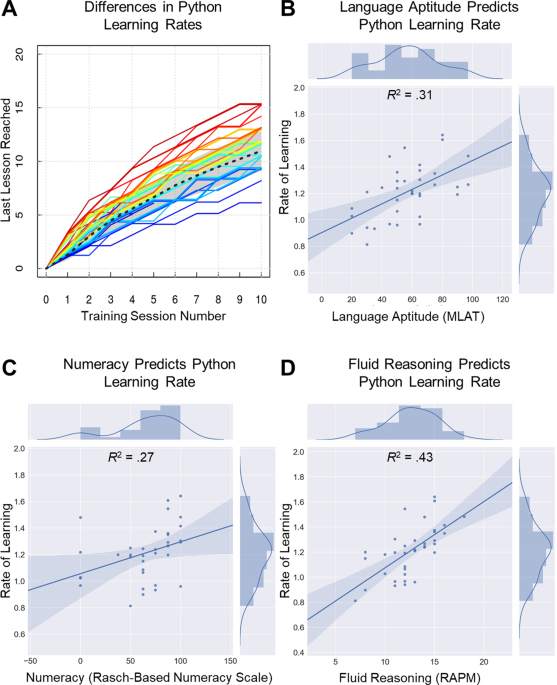Closure (computer programming)
In programming languages, a closure, also lexical closure or function closure, is a technique for implementing lexically scoped name binding in a language with first-class functions. Operationally, a closure is a record storing a function[a] together with an environment.[1] The environment is a mapping associating each free variable of the function (variables that are used locally, but defined in an enclosing scope) with the value or reference to which the name was bound when the closure was created.[b] Unlike a plain function, a closure allows the function to access those captured variables through the closure's copies of their values or references, even when the function is invoked outside their scope.
The concept of closures was developed in the 1960s for the mechanical evaluation of expressions in the λ-calculus and was first fully implemented in 1970 as a language feature in the PAL programming language to support lexically scoped first-class functions.[2]
Peter Landin defined the term closure in 1964 as having an environment part and a control part as used by his SECD machine for evaluating expressions.[3] Joel Moses credits Landin with introducing the term closure to refer to a lambda expression with open bindings (free variables) that have been closed by (or bound in) the lexical environment, resulting in a closed expression, or closure.[4][5] This use was subsequently adopted by Sussman and Steele when they defined Scheme in 1975,[6] a lexically scoped variant of Lisp, and became widespread.

















